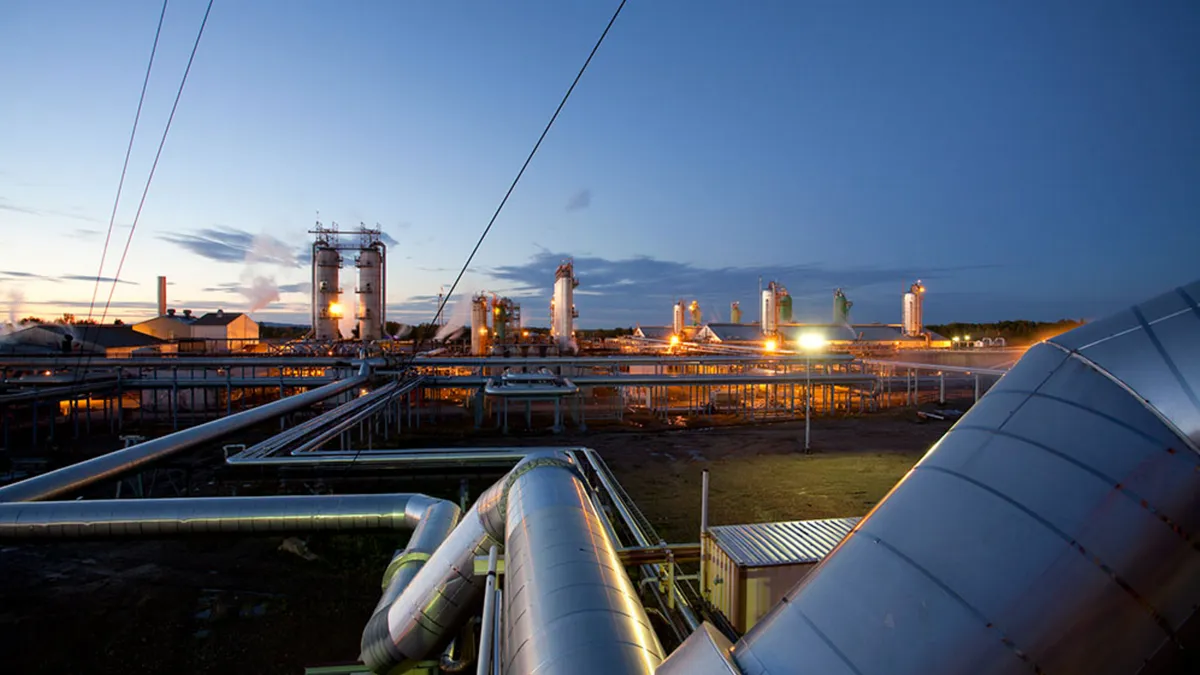Dive Brief:
- The North American Energy Standards Board (NAESB) will launch a process in 2022 to "support improved coordination between the natural gas and electric markets" following disruptions across Texas and the South Central U.S. during Winter Storm Uri in February, the industry forum announced on Tuesday.
- The group expects to adopt new standards and send them to the Federal Energy Regulatory Commission for consideration before the end of next year, according to NAESB Board of Directors Chairman Michael Desselle.
- During February's cold snap, some Texas electric companies cut power to gas facilities as part of their emergency conservation response. That reduced fuel supplies to gas-fired power plants, contributing to energy shortages, according to a joint report by FERC and the North American Electric Reliability Corp. (NERC).
Dive Insight:
February's winter storm left millions without power and highlighted codependencies between the electric grid and gas industry. NAESB's work to develop new standards will build on other efforts to improve resilience, including new weatherization rules passed by Texas regulators and market reforms required by lawmakers in the state.
On Thursday, the standards board adopted a proposal put forth by Southwest Power Pool to improve coordination between generators and their fuel suppliers. It follows on six months of discussions by NAESB's Gas Electric Harmonization Committee on how to complement the joint inquiry by FERC and NERC.
The board has experience with the topic. NAESB said it previously developed a set of coordination standards defining communication protocols between interstate pipelines and gas-fired power plants, which were adopted by FERC in 2007.
NAESB's board is "well suited to facilitate communication between market entities," Desselle, who is also SPP's vice president and chief compliance and administrative officer, said in a statement. With decades of work on market coordination, "I am confident that the organization will be able to adopt standards for consideration by the FERC in 2022.”
NAESB is in the process of making subcommittee assignments to begin standards development, the group said in a statement, and plans to work with FERC, NERC and the National Association of Regulatory Utility Commissioners to align its efforts with the recommendations included in the final joint report.
There have been other steps to address the fallout of Uri, including efforts to improve gas-electric coordination.
On Dec. 2 the Public Utility Commission of Texas adjusted the scarcity pricing mechanism in the Electric Reliability Council of Texas power region, lowering the systemwide offer cap to $5,000/MWh from $9,000/MWh. And in November, regulators adopted a new rule designed to increase coordination between the electric and gas industries during energy emergencies.
“For the first time ever, the electric transmission and distribution utilities will know the locations of the facilities which are critical to keeping natural gas flowing to the power plants that keep our lights on," Texas PUC Chairman Peter Lake said in a statement.















